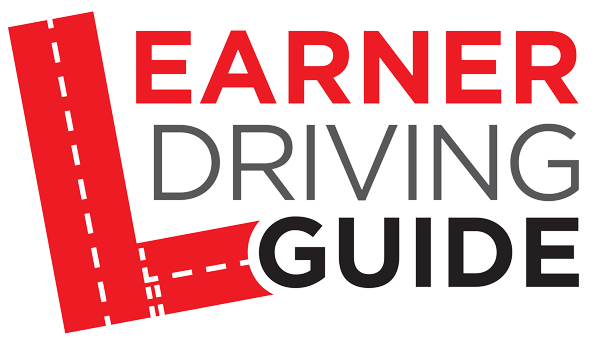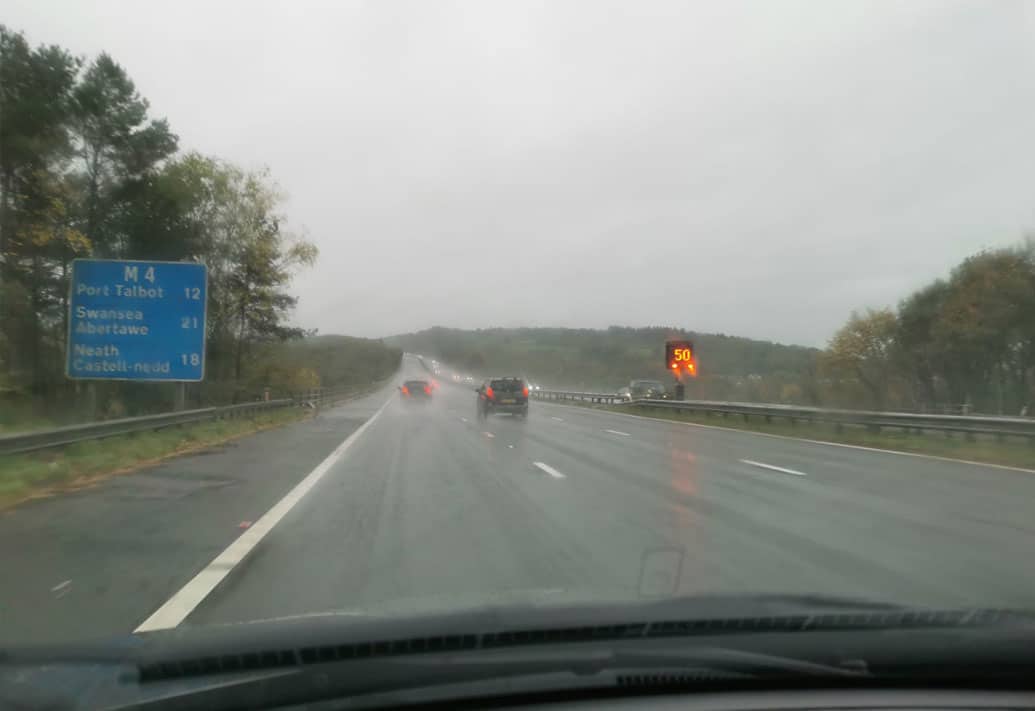31 – All Weather Driving – Driving in Sun, Wind, Rain and Snow
In this section, you will learn about driving in all weathers –sun, wind, rain and snow.
Q: How can different weather affect my driving?
A: Wind, rain, snow, ice and even the sun can cause difficulties to your driving performance. Below, you will find a short explanation on the main weather hazards and how you can best deal with them.
Wind
Wind can buffer, push and badly affect a drivers’ ability to drive a large vehicle or any form of cycle (bicycle, motorcycle, scooter, etc). Please do not get too close to cyclists/motorcyclists in high winds, in case they are blown into your path. It is also advisable not to overtake a tall vehicle in high winds, as it could get blown over and land on top of your vehicle.
Rain
All cars are fitted with windscreen wipers for front and back windscreens; to improve and maximise the view. In very heavy rain (monsoon like) turning your wipers off, will strangely improve the view. Heavy rain can cause localised flooding – please do not attempt to drive through large puddles nor dipped bridges; as you cannot know how deep the water will be.
Snow and Ice
Snow can be fun, but not for a driver. When temperatures drop and snow freezes to ice, driving can be extremely dangerous. Do not risk driving in icy conditions if the road has not been gritted and always drive in the highest gear possible to help prevent wheels spinning.
Sun
The rising and setting sun can be a real hazard. Using your sun visor (positioned in front of you, above your head), will shorten your view, but will increase your visibility when driving towards the sun.
Picture Gallery
1. We can see that the right two lanes ahead are closing. Be prepared for traffic to build up. The overhead sign also shows our speed limit is 40 mph. We must keep this two second gap to the vehicle ahead.
2. Due to the heavy rain, our speed limit has been reduced to 50 mph. We must keep this four second gap to the vehicle ahead. Look how the vehicles in front create a spray that affects our visibility.
3. Our road only has one visible lane on the approach to the roundabout. We must position our wheels where the snow has turned to slush, to get the best grip on our tyres. We must come off the accelerator now as we are approximately ten seconds from the bend ahead.
Tips
- Make sure you follow the two, four or ten second rule for your current driving road condition.
- Research ‘aquaplaning’ to understand how rain can affect your vehicle.
- If the weather is bad, perform your vehicle checks before you start any journey.
Dangers
- Do not travel too close behind vehicles; in bad weather your vehicle will react differently when braking, compared to dry conditions.
- If the roads are icy, you may lose vehicle control. If you have to travel, try to drive on roads that have been freshly salted.
- Driving too fast in rain can lead to aquaplaning, this will affect your ability to control your vehicle.
Confident in your knowledge?
Once you understand how the weather will affect your journey and what safety distances you need to maintain at 40, 50, 60 and 70 miles per hour, you are ready to move on to 32 – ‘Appropriate progress’.



